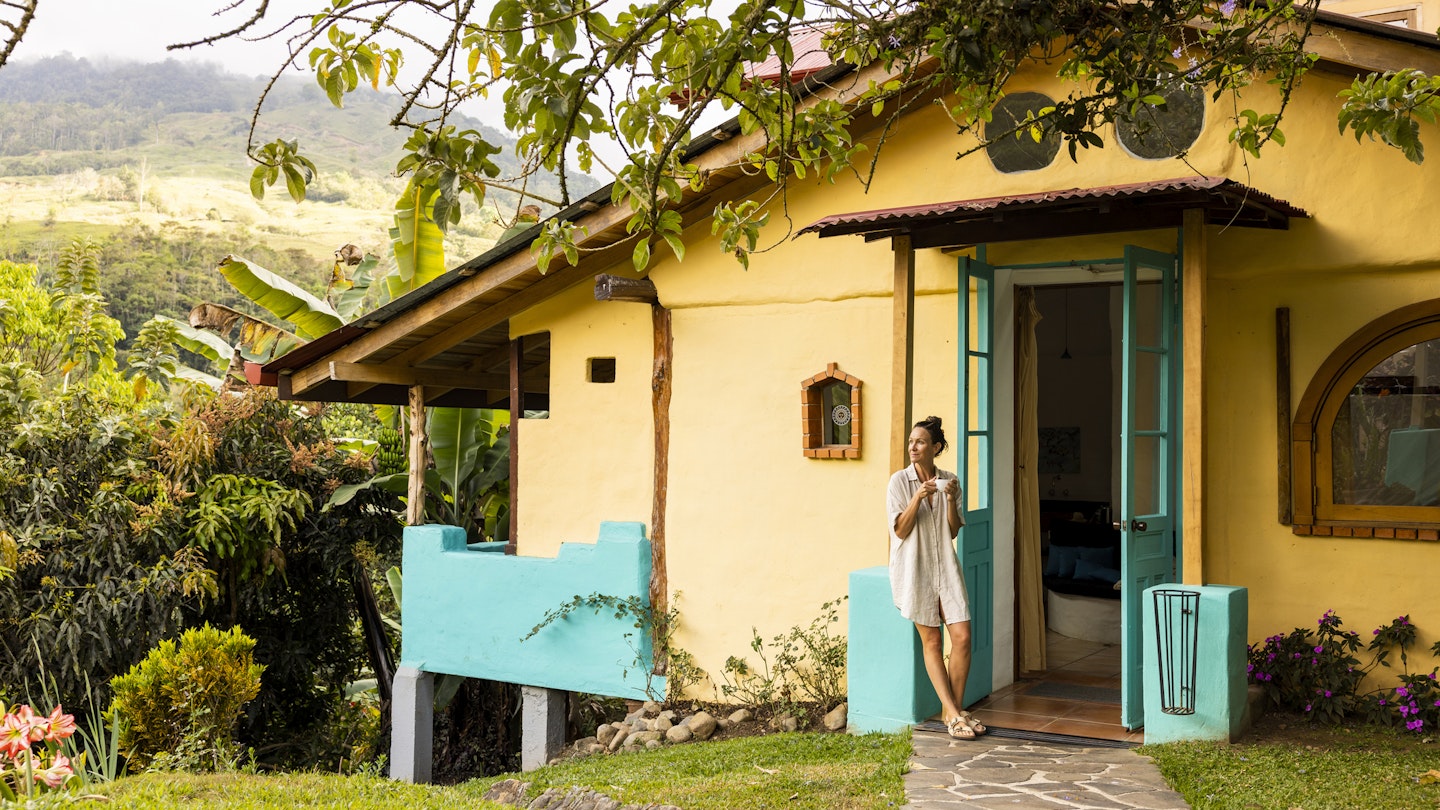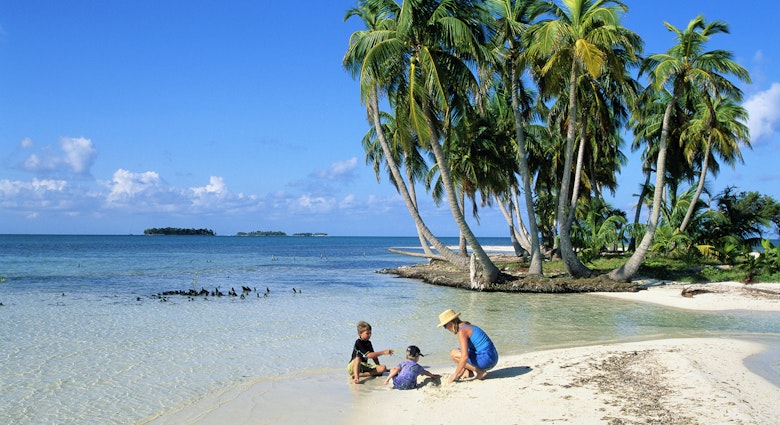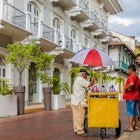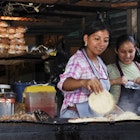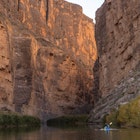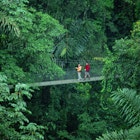It’s easy to experience sticker shock when checking into eco-lodges and renting vehicles and booking tours in Costa Rica. Indeed, it is the most expensive country in Central America, thanks to a booming economy and well-developed tourist sector.
But there are plenty of ways for cost-conscious travelers to save some colones, especially those who are willing to forgo a degree of comfort. As a general rule, do as the Ticos do, seeking out local restaurants, accommodations and attractions.
Here are ten top tips for traveling on a small budget in Costa Rica.
Brave the green season
The peak tourist season in Costa Rica runs from December to April. Prices for flights and accommodation are cheaper outside this season. For the biggest savings, book your trips between August and November, when prices are often cut in half. Pack your rain gear.
Choose the right airport for your destination (or choose the right destination for your airport)
Costa Rica has two international airports: the big one in San José (SJO) and a smaller, convenient option in Liberia (LIR). It’s worth considering both, as prices can vary considerably.
That said, assuming you’re not traveling around the entire country, the best airport is almost always the one that is closest to your destination. Getting around Costa Rica can be challenging, so you’ll save time and money and cut down on hassle when you minimize your internal travel.

Pay in cash or pay a fee
Many hotels and tour operators charge an extra fee for customers who pay by credit card. Alternatively, they might offer a discount for customers who pay in cash. Either way, the result is the same: it’s cheaper if you pay cash money. Bring a stash of dollars (or procure colones) so you can pay in cash when it makes a difference and avoid this unnecessary expense.
Get on the bus, Gustavo
Renting a car in Costa Rica is more expensive than you think: mandatory liability insurance jacks up prices – sometimes doubling the base price. Traveling by bus offers a huge savings, and it's easier on the environment.
Public bus fares range from USD$2 to $20, depending on the distance traveled. Keep in mind that different companies operate different routes (often out of different stations), which can be confusing. Useful resources for figuring out scheduling include Visit Costa Rica, the Bus Schedule and Yo Viajo.
A step up from the public buses, several companies run tourist shuttles between popular destinations. These are more comfortable and more expensive than the public buses, but usually still cheaper than renting a car.
Companies include EasyRide, Tropical Tours, Interbus and Monkey Ride. The shuttles run on a set schedule and can be booked online. Fares start around $65.
Sleep in hostels or cabinas
Traditionally, budget lodging in Costa Rica comes in the form of cabinas, which are usually rustic single-room cabins with limited amenities. Cabinas can vary significantly in terms of comfort and price, but they are usually relatively affordable, often servicing Tico families.
In addition to cabinas, the more popular tourist destinations also have various hostel options, which can range from very basic to rather swanky.
There is a new breed of hostel, known as the “hostel resort,” which offers their guests a variety of amenities, such as swimming pool, entertainment center and workout facilities. Their accommodation choices usually include traditional dorms as well as private rooms and other options at various price points.
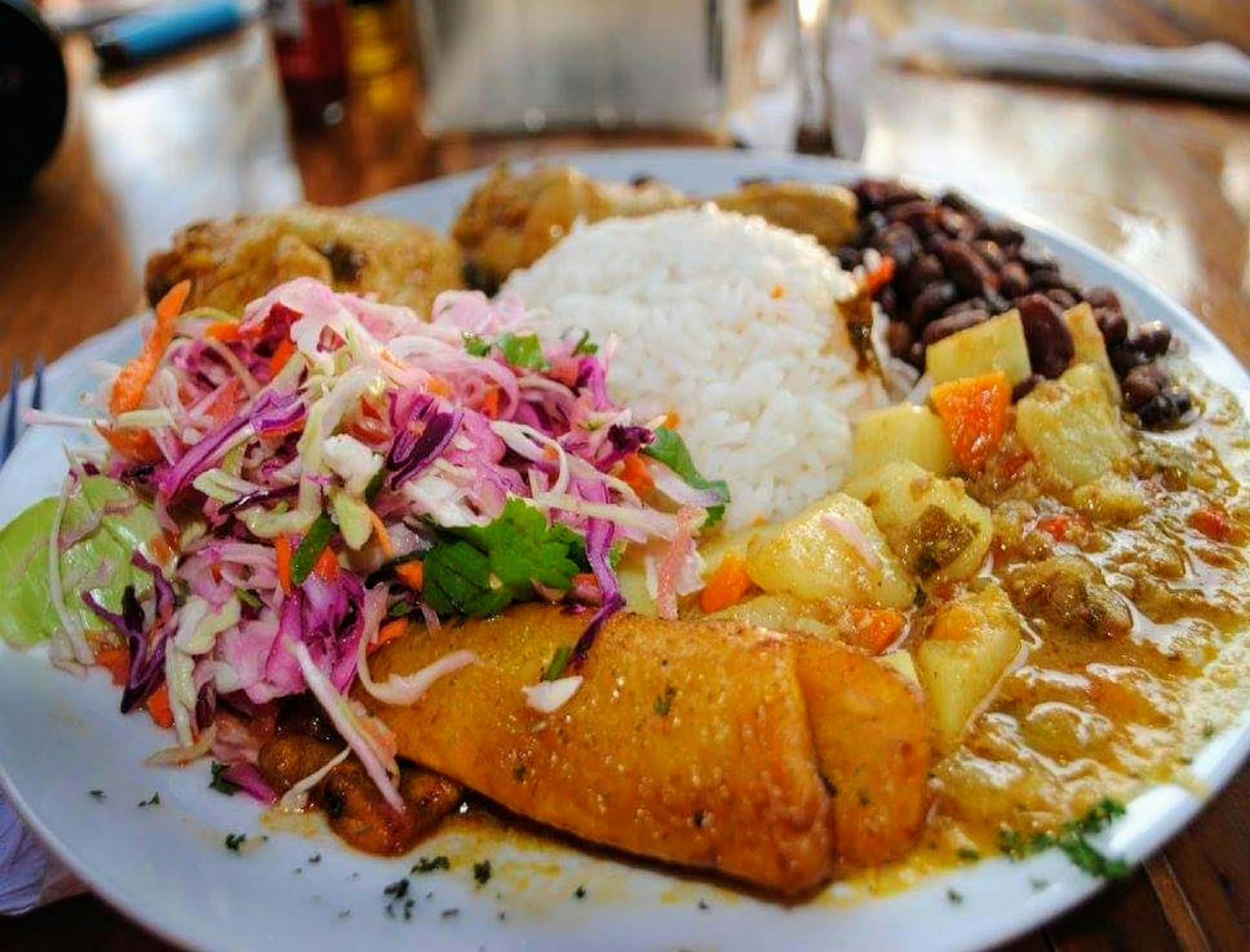
Eat where the locals eat
Even the smallest town or village has at least one soda, a local restaurant serving traditional Tico fare. It’s not fancy food, by any means, but it’s tasty, filling and inexpensive. The best bargain on the menu is almost always a casado, a set menu that includes rice, veggies and a protein.
Shop at local markets and food stands
Another way to fill your belly for cheap is to shop at local markets. Feed body and soul with tropical fruits and farm-fresh veggies. Or, sample the street food, which includes some Costa Rican classics such as empanadas and tacos Ticos.
Don’t be afraid to drink the tap water
Tap water is safe to drink throughout Costa Rica, with the exception of some extremely remote spots. There’s no reason to waste money on bottled water and contribute to plastic pollution.
In fact, national parks don’t even allow guests to bring single-use plastics into the protected areas. If it makes you nervous to drink tap water, invest in a water filter and use it. You’ll save money (and the planet) in the long run.
Explore independently and save big
Sometimes you need a tour guide (to go ziplining, or waterfall rappelling or whitewater rafting, for example). But sometimes you don’t. Needless to say, taking a tour is much more expensive than not taking a tour. For significant savings, consider activities that do not require a tour or a guide.
For example, most national parks and nature preserves have well-maintained trail systems that are designed for independent exploration. You can snorkel off the beach in the Caribbean or the Pacific: all you need is the gear.
Up and down the coast, kayaks are available for rent, even without a designated tour guide. In Costa Rica, there are loads of adventures to be had, and you don’t need anybody to show you the way.

Discover the free local spots
All beaches in Costa Rica are public: that means open and free to all. Many other free spots are well known to locals, if not to tourists. All it takes is a little research before your trip to find swimming holes and waterfalls, hiking trails and hot springs, all at your disposal.
Some favorites of in-the-know travelers include: La Choyin, the free hot spring in La Fortuna; Cerro del Amigo, the free hiking trail in Monteverde; and El Miro, a fabulous free scenic lookout in Jacó.
In some cases, it is advised (or required) to give a donation to the property owners. But this is a small price to pay – usually only a couple dollars – for an authentic local experience.
Daily costs
(In USD)
- Hostel room: $25-45
- Basic room for two: $80-150
- Eco-lodge: $150-350
- Intercity bus ticket: $2-10
- Tourist shuttle ticket: $65-85
- Casado (fixed-price meal): $8-12
- Batido (fresh fruit smoothie): $3-5
- Craft beer: $6
- Admission to national park or nature preserve: $12-17
- Canopy tour: $50-80
- Average daily cost: $75-150

